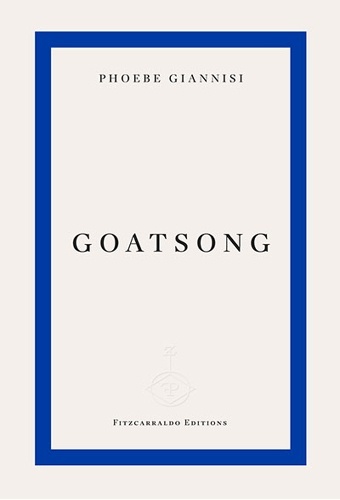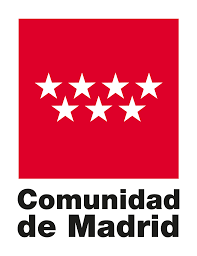Goatsong

Editorial Fitzcarraldo Editions
Fecha de edición noviembre 2025 · Edición nº 1
Idioma inglés
EAN 9781804271896
300 páginas
Libro
encuadernado en tapa blanda
Dimensiones 134 mm x 197 mm
Resumen del libro
The ancient Greek word for tragedy (t?a??d?a) is a compound of goat (t?????) and song (?d?). In Phoebe Giannisi's Goatsong, the seam that connects human and animal, myths and history, is the body.
In Giannisi's language, life obeys myth. A man places a screaming cicada in his mouth, reminding us of a scene from Plato's Phaedrus, where Socrates claims cicadas to have been humans who became entranced by the invention of singing, and didn't stop to eat or drink. When the goddess Thetis dips her newborn son, Achilles, into the River Styx to protect all but his famous heel where her hand grips, we're told 'the place of the mother's grip / is the mark of death.' Adjacent to the mythical setting is the material, where the rumination of goats, their digestive cycle chewing, swallowing, then recalling food back into the mouth to be reconsidered begins after weaning, and is lain alongside how we 'from the moment of separation / from the mother / they ruminate.' In these lyric enactments, all is transformative and transformed; territories of land, the body and history are blurred, and nothing is still.
From Homer to Donna Haraway, Derrida to state archives, klephtic ballads and rebetiko, to Parmenides and Giannisi's dog, Ivan, the many human and animal voices of Goatsong form an incantatory lyricism and layered engagement unique in literature.
Biografía del autor
Nació en Atenas en 1964. Se licenció en Arquitectura por la Universidad Politécnica Nacional de Atenas (NTU Athens) y se especializó en poéticas de la época arcaica en la Universidad de Lyon II x{0026} x02013; Lumière (Francia).








